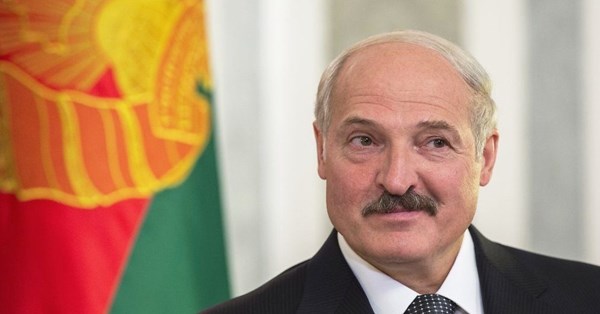Belarus has only 3 month of foreign currency reserves left, Lukashenko is hanging by a thread
Belarus continues to head for the currency crisis at full speed as the population continues to buy dollars and euros and rapid reduction of the national bank's reserves, the volume of which is below the minimum allowable standard of the IMF.
In August, the Belarusian Central Bank spent $1.047 billion selling currency on the Belarusian Monetary and Stock Exchange, and another $351.7 million to repay the country’s liabilities, according to data on the National Bank’s website.
As a result, the total reserves of the Belarusian central bank decreased by 1.399 billion dollars - a record amount for all time.
As of September 1, the Central Bank of Belarus had $7.457 billion in currency and gold reserves, of which, however, only $3.209 billion was represented by real foreign currency.
Almost half of the reserves - $3.1 billion - were gold, another 525.6 million - special drawing rights (SDR) of the IMF and 616.8 million - "other assets" the structure of which the National Bank does not disclose.
According to the statistics, these tangible reserves are used to repay the debt, while the stock exchange sells stocks of real currency to support the Belarusian ruble.
If the current pace of interventions - 1-1.1 billion dollars a month - the volume available to the Belarusian Central Bank will be exhausted in about three months. As a result, Alexander Lukashenko can only have gold, which, like the Venezuelan Central Bank, Belarus can sell or use as collateral for swap deals.
In reality, reserves can be exhausted even faster, given the need to pay off the external debt, the size of which reaches 18 billion dollars.
The total volume of Belarusian gold and currency reserves, including gold, covers only two months of imports ($42 billion per year and 3.5 billion per month) against three - according to the IMF's minimum recommendation.
The Belarusian Central Bank was forced to sell reserves after the population began to buy currency in exchange offices and credit organizations, as well as to withdraw money from deposits, taking, according to Fitch, from 1% to 6% of all funds.
The exchange rate of the Belarusian ruble for August fell by 8% against the dollar and at the end of the month updated the historical low at 2.67, after which it stabilized and the week is in the range of 2.63-2.65 rubles per dollar.
Against the euro, the currency of Belarus has depreciated by 10% for the month and 36% since the beginning of the year, also having reached a new absolute "bottom" - 3.18 rubles per euro.
On August 27, Lukashenko said that "domestic scoundrels are trying to destabilize the financial market" and some people "give in to this - currency is taken away from banks and so on." He stressed that the authorities will not allow the collapse of the national currency.
Lukashenko was unable to reform the Belarusian economy in the 2000s, when its growth reached 7.5% per year; the country emerged from the 2008-09 crisis with an external debt of 70% of GDP, high by the standards of developing countries, and this year will inevitably slide into recession due to the pandemic and protests that will hit private consumption.
The foreign exchange deficit is a headache and a potential bomb under the Belarusian economy, as the amount of reserves is less than short-term external debt, which should be repaid or refinanced in the next 12 months, she adds.
